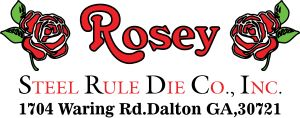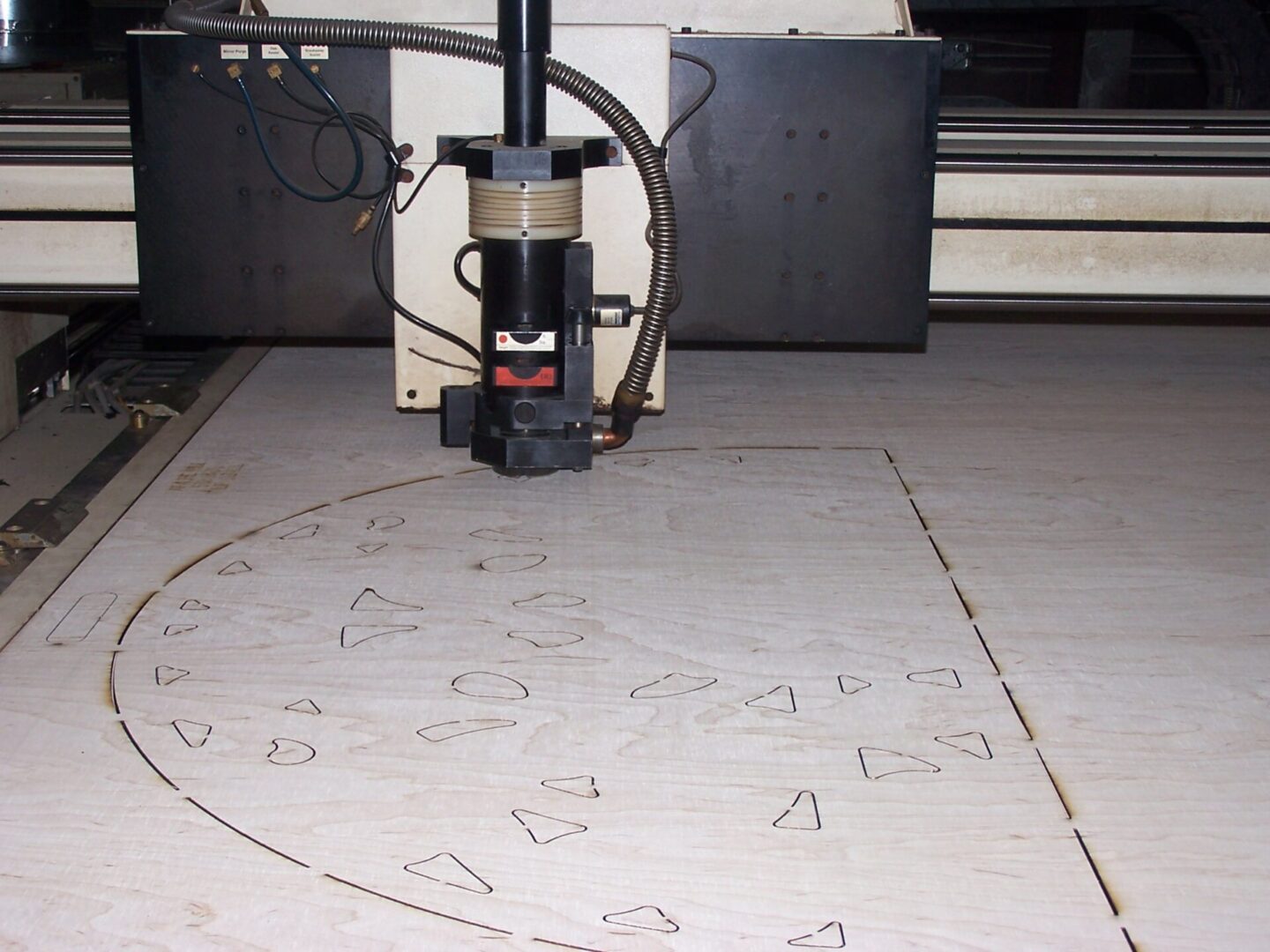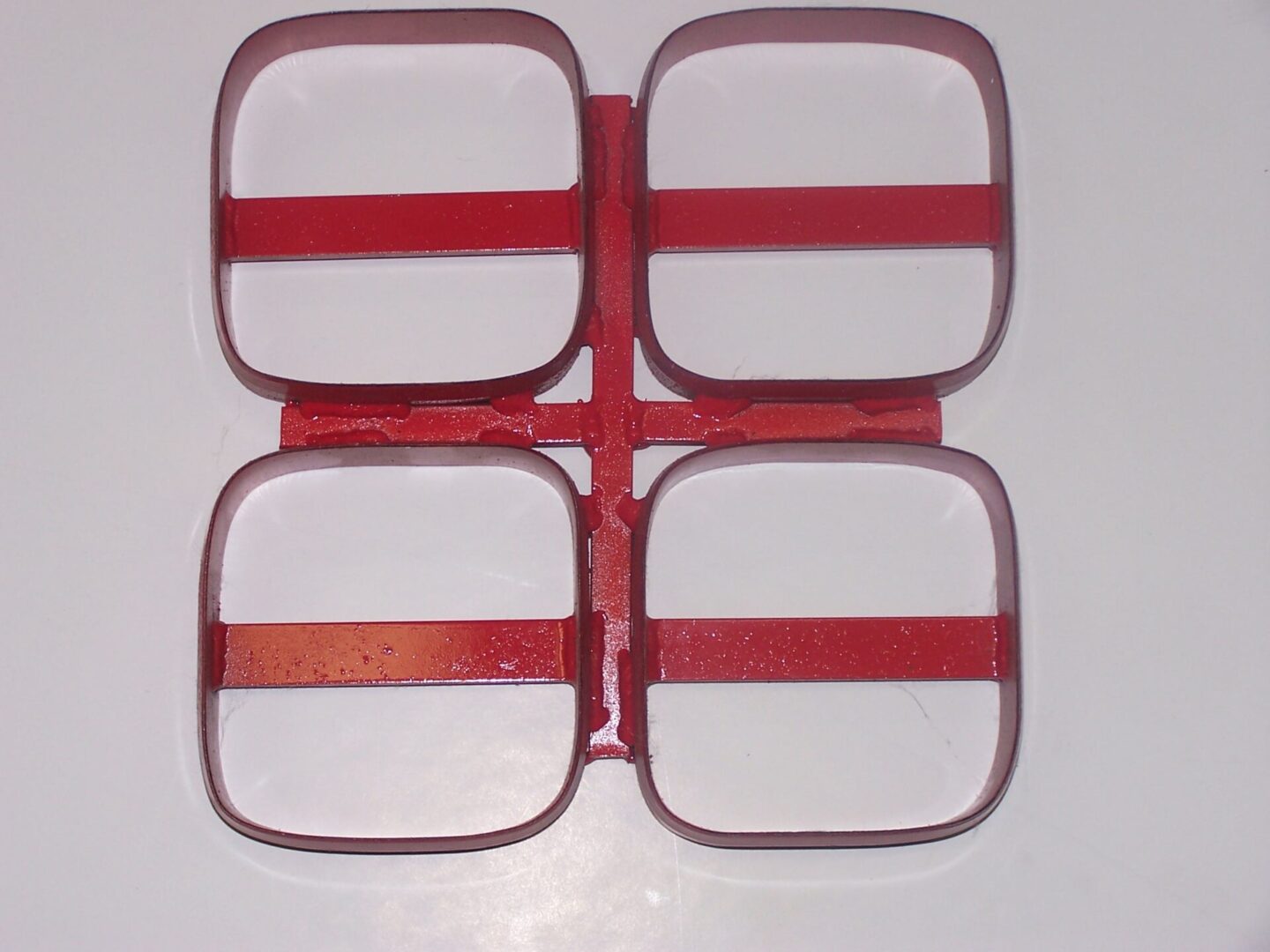Die Making
Everything You Need to Learn About Die Making
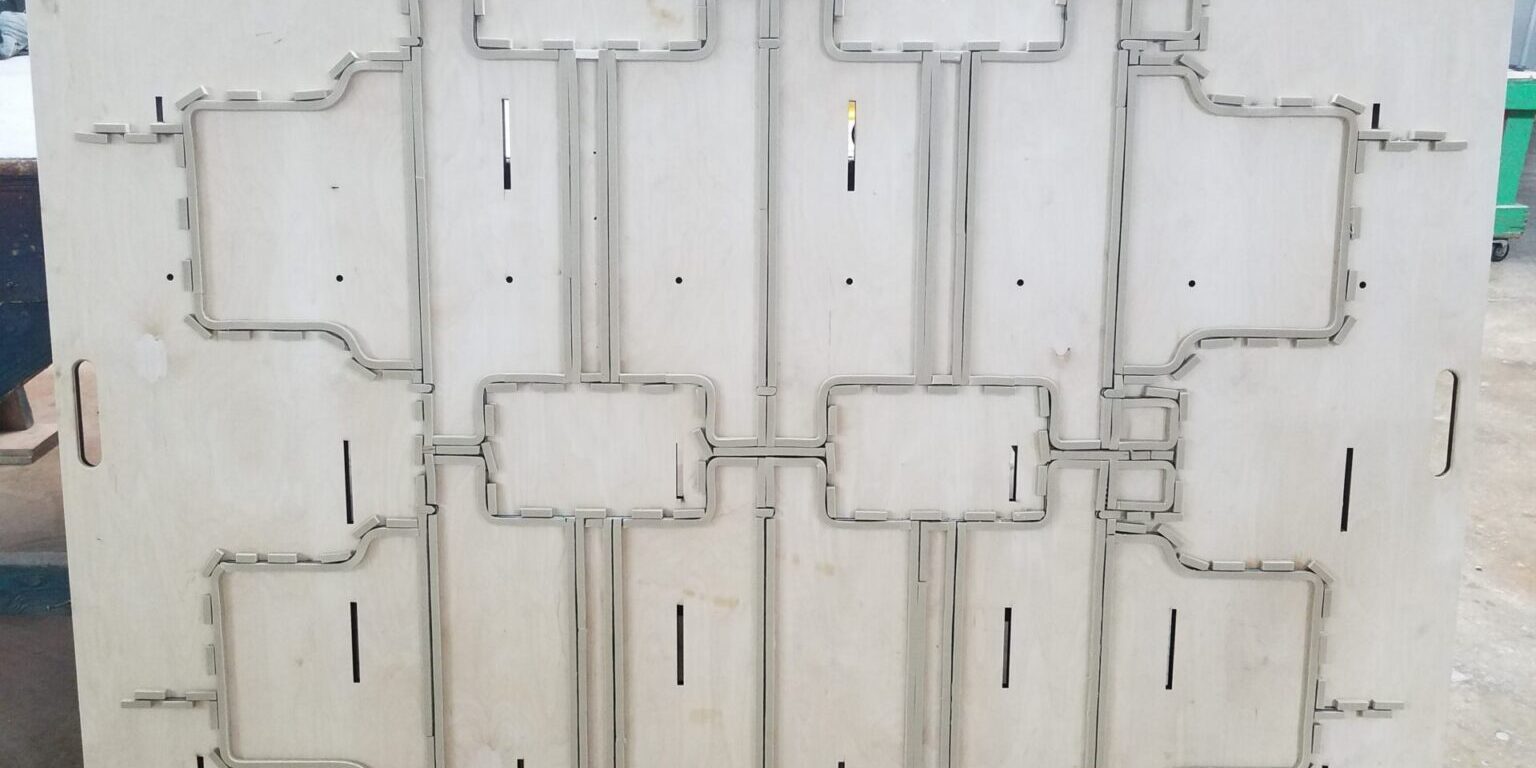
What Is a Steel Rule Die?
Steel rule die cutting is a common process used to cut a range of sheet materials, including paper, cardboard, rubber, and plastic. Most standard cardboard boxes and packages we made to use this relatively straightforward technique. In addition to cutting out shapes, a steel rule die is use to create creases, perforations and slits.
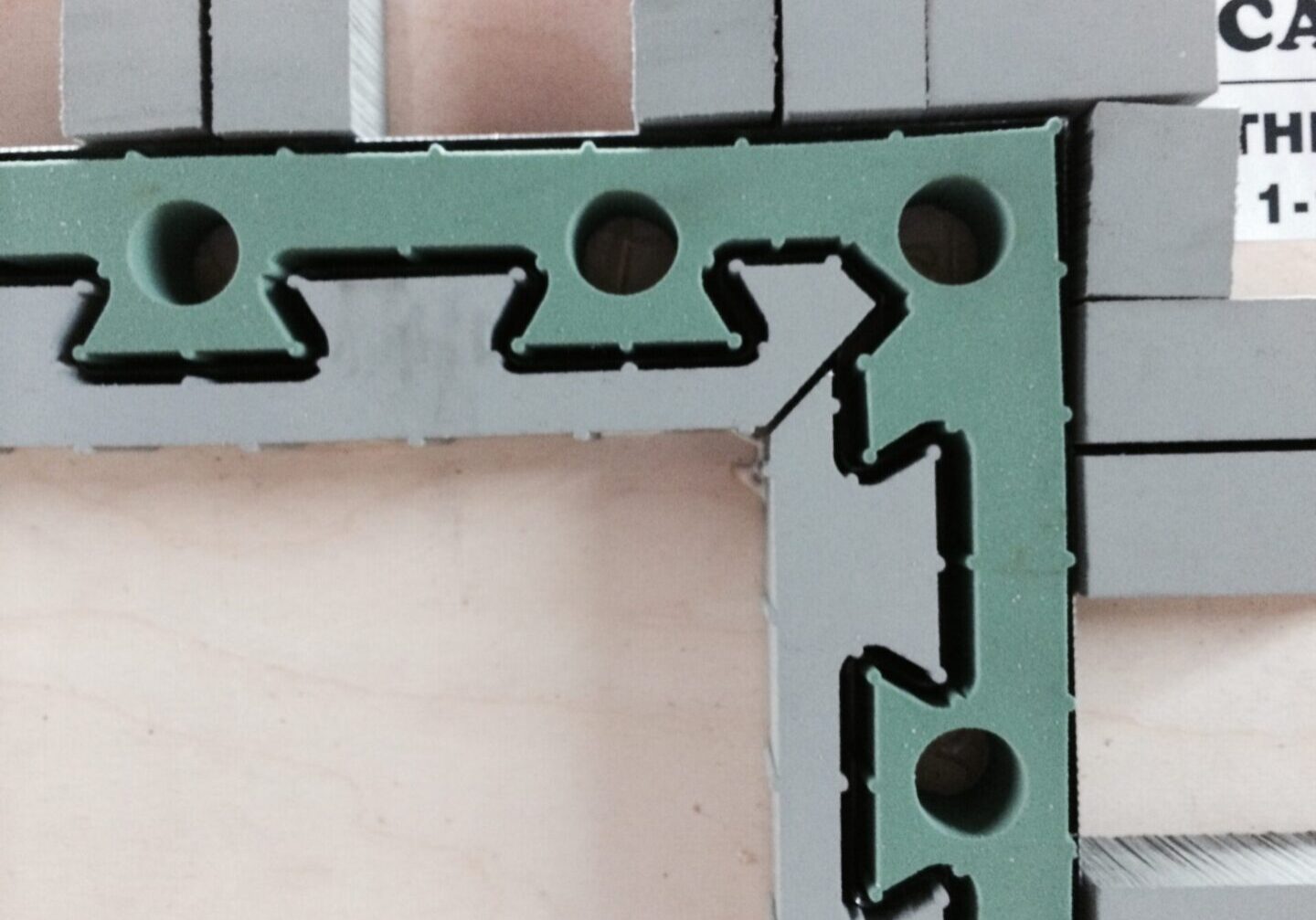
The final step in creating the die involves the addition of ejection rubber
Rubber pads are adhered to the substrate to help eject the material after each cut. Without the inclusion of ejection rubber, the material may tend to remain stuck amongst the steel rules. The substrate steel rule and ejection rubber combine to form a Steel Rule Die. There are all sorts of steel rule. The rule itself comes in a variety of thicknesses that we have chosen based on the particular application.
Once the die maker has completed the steel rule die
It is immediately ready for production. The die is attached to the top platen of a die cutting press that will provide the prod* force required for the job. Smaller presses may provide 20 tons (18.000 kg) of force, whereas larger ones give over 150 tons (135,000 kg)! The material to be cut is positioned below the die, and then the press is activated. If registration is an issue, the material is positioned against a stop or in a locating nest. The cutting edges of the steel rule penetrate through the material until they come into contact with the bottom platen; then the press reverses, and the cut part is exposed. In some applications, a softer material is placed below the material to accept the cutting surfaces of the steel rule. When cutting paper, however, the cutting is performed against special steels designed for this purpose.
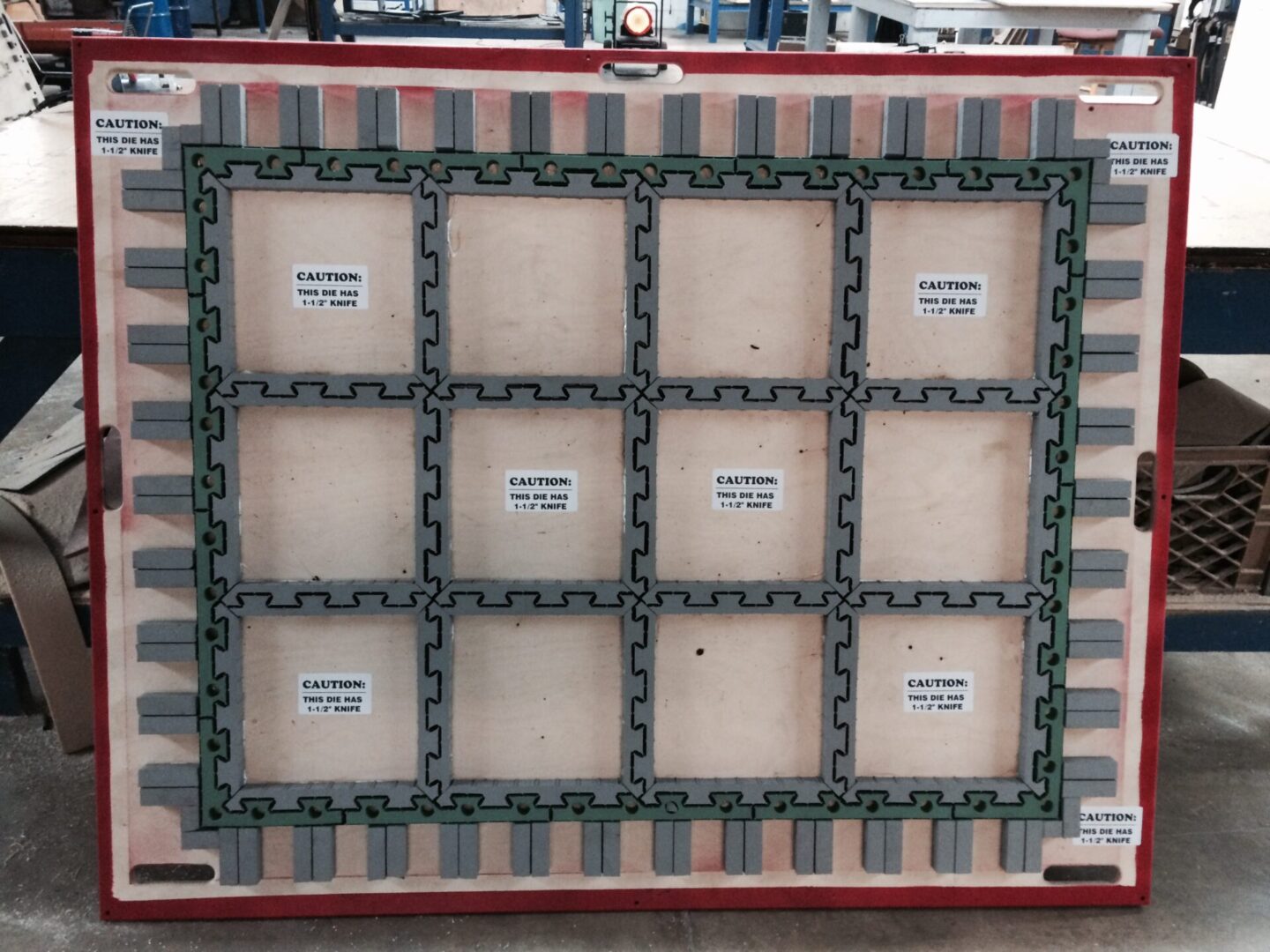
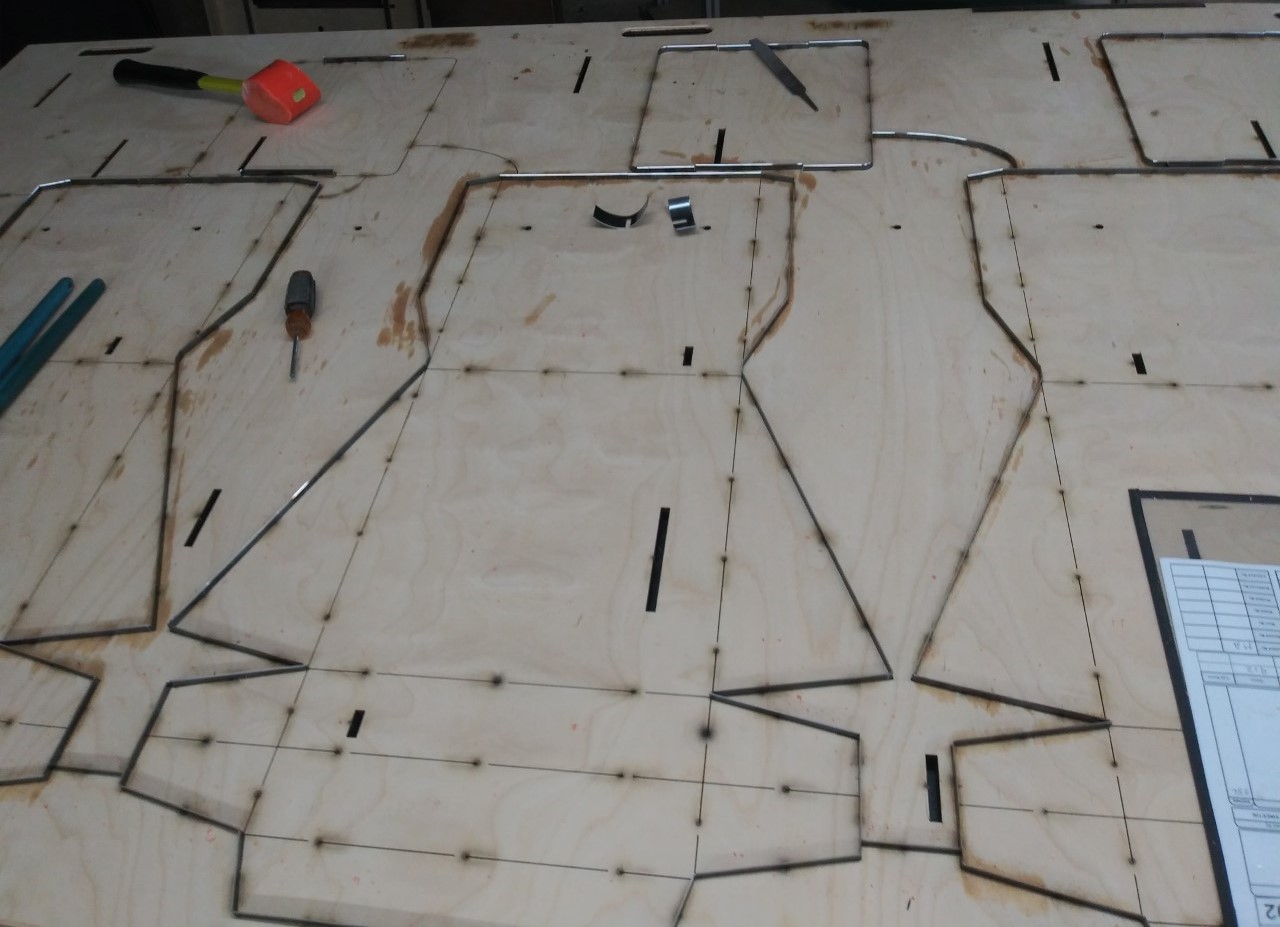
Perforations and creases are made with special steel rule
That is positioned on the same die as the cutting rule. Creases sometimes require secondary dies called a matrix. A matrix is positioned on the opposite side of the press and is aligned with the creasing rule. When configured properly, very crisp creases can be created in all sorts of materials. Sometimes heated platens are used when plastic parts are being fabricated to improve the quality of the creases and cuts.
In high-volume die cutting operations, fully automatic machines are used. In these machines, the material to be cut is automatically fed into the press and located in the proper position. The steel rule die is pressed through the material, and the pressure is released. The cut piece is removed along with any scrap material, and the next piece is indexed to repeat the process.
Steel rule die cutting can also be used for cutting more exotic materials. Thick foams, carpet, and rubber can also be cut with this method. Steel rule die cutting is a relatively inexpensive and effective way of cutting soft sheet goods.
